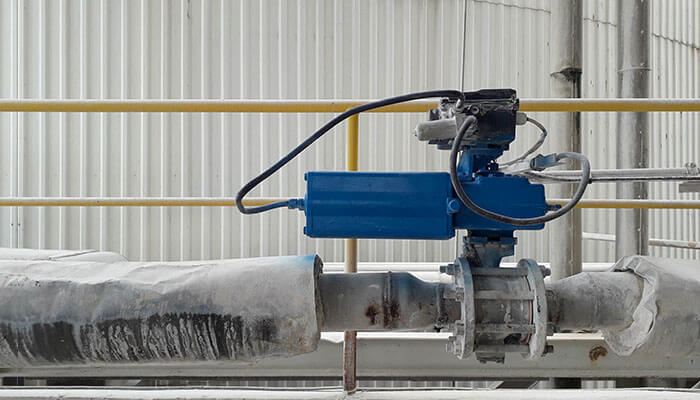Industrial Electric Actuators: Driving Automation in Heavy-Duty Applications (Business Opportunities - Other Business Ads)

UKAdsList > Business Opportunities > Other Business Ads
Item ID 9824783 in Category: Business Opportunities - Other Business Ads
Industrial Electric Actuators: Driving Automation in Heavy-Duty Applications | |
Factories don’t need flashy gadgets; they need movement that works the same on a hot Monday as it does on a cold Friday night run. Industrial electric actuators earn their keep because they deliver repeatable motion, tight positional control, and clean integration with controls your team already uses. That consistency lowers scrap, keeps takt time steady, and lets a small crew run more lines without juggling breakdowns. For a startup, that’s the difference between chasing fires and scaling calmly: fewer unplanned stops, clearer quality data, and hardware that slots into standard panels without a wiring maze. For early-stage teams, the real win is speed to value. Electric motion drops in with light power needs, simple I/O, and compact mounts, so your first pilot cell can move from sketch to live parts on a short timeline. You can ramp in stages – add travel limits, then feedback, then multi-axis sync – without tearing out the base hardware. When you need a quick way to map strokes and loads for a pilot, browse common formats of industrial electric actuators and build a short list by stroke, force, and duty cycle. That gives you enough clarity to order test units, mock a station, and learn with real parts instead of slides.  | |
| Related Link: Click here to visit item owner's website (0 hit) | |
| Target Nation: All Nations Target City : AMERICA Last Update : 24 September 2025 11:26 AM Number of Views: 33 | Item Owner : Mercy Contact Email: Contact Phone: 8529631470 |
| Friendly reminder: Click here to read some tips. | |
UKAdsList > Business Opportunities > Other Business Ads
© 2025 UKAdsList.com
USNetAds.com | GetJob.us | CANetAds.com | AUNetAds.com | INNetAds.com | CNNetAds.com | Hot-Web-Ads.com | USAOnlineClassifieds.com
2025-10-14 (0.223 sec)